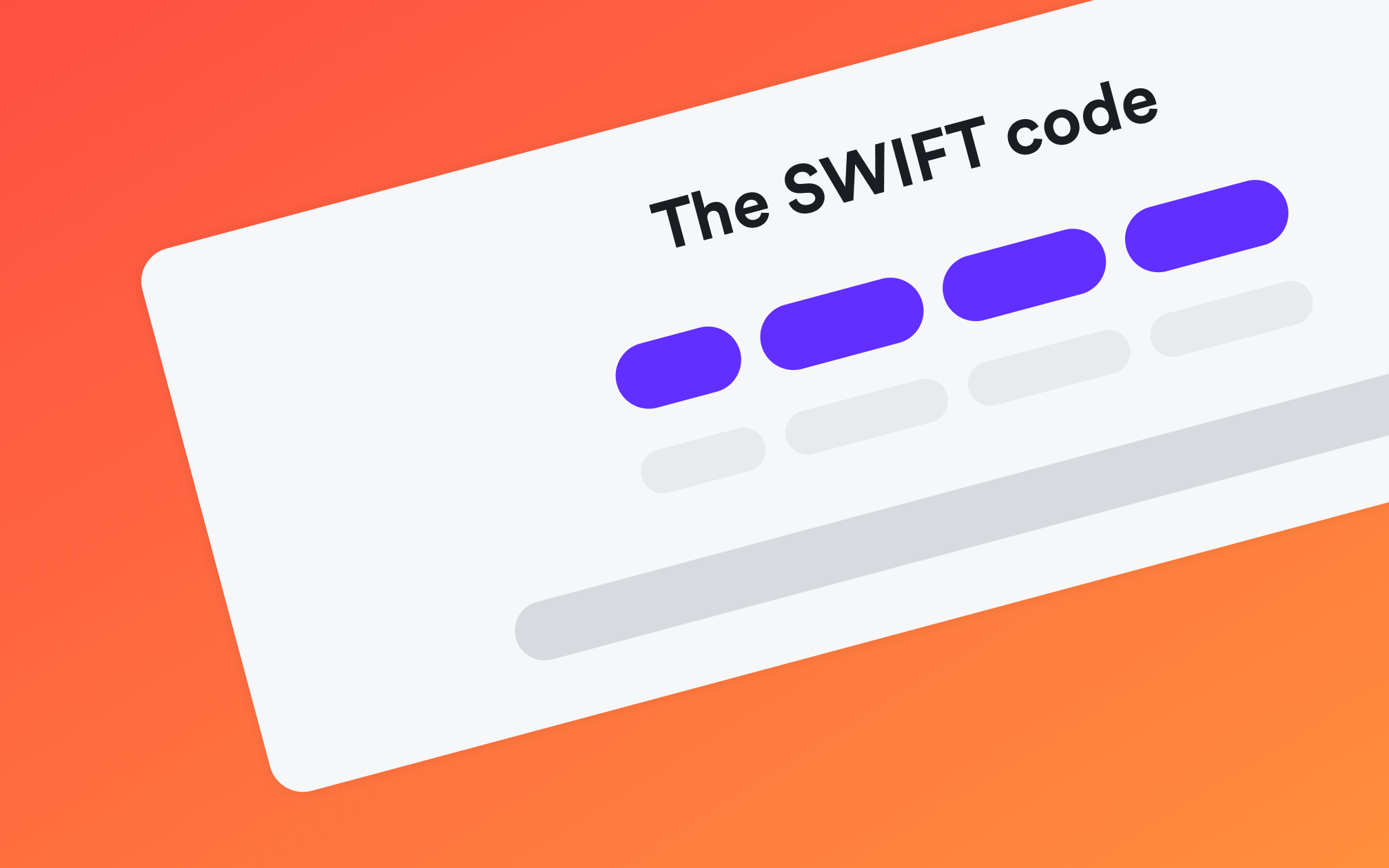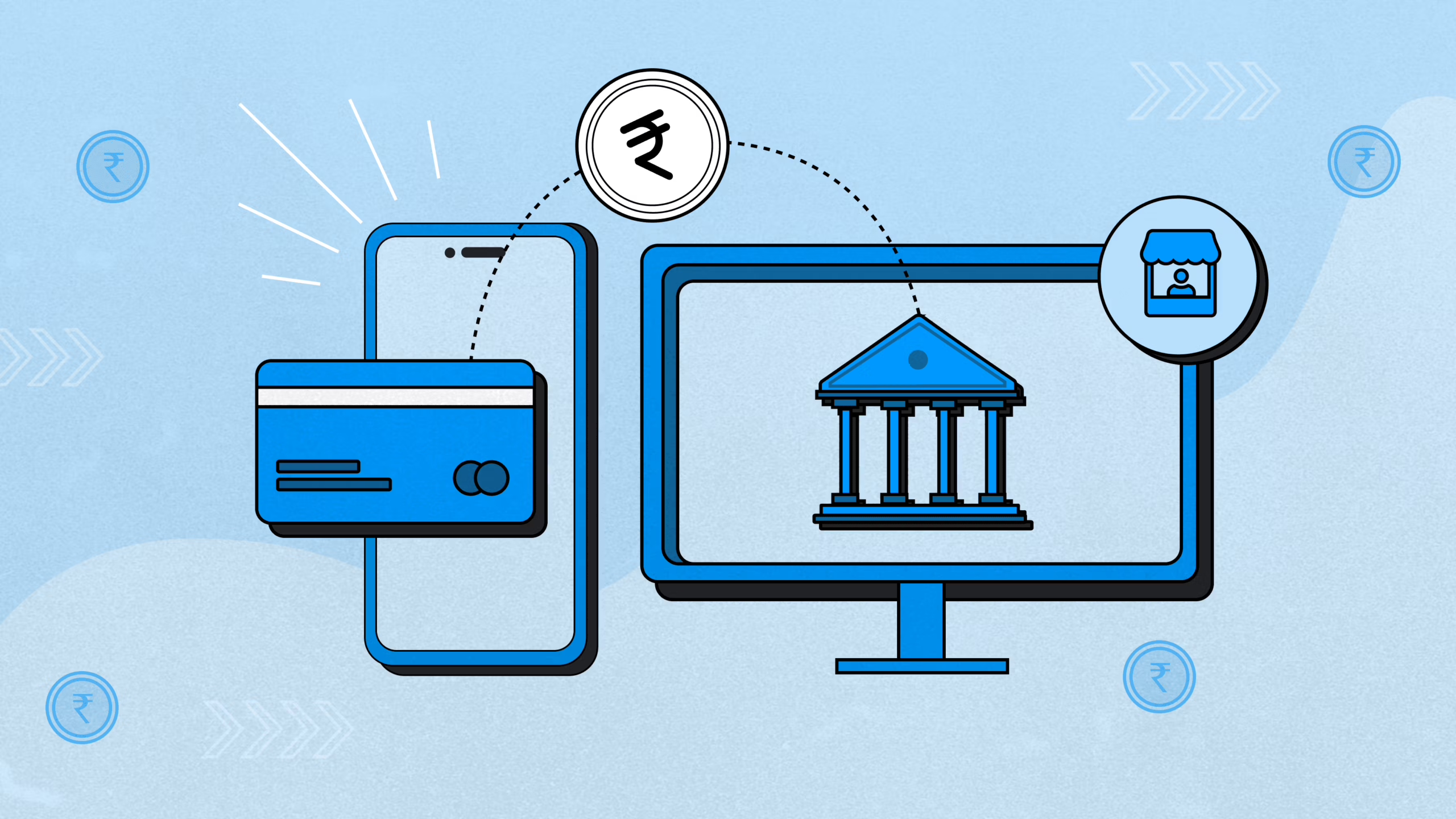Working with international money transfers can be complicated. You might have issues sending or receiving money from abroad. This issue often occurs due to something called a SWIFT code mismatch error. Such errors can lead to longer waits, make you spend extra money, and be very frustrating.
This guide will make it easy to learn about SWIFT codes. We’ll discuss what they are and why you need them. We’ll examine some common errors that people make. You’ll discover what happens when you enter a mistaken code. Most importantly, we’ll show you how to keep away from these mistakes. We will also show how to send money using newer methods that make it much simpler.
What Is a SWIFT/BIC Code? Your Global Bank Address
A SWIFT code is a unique ID for banks globally. It is a type of BIC, which stands for Bank Identification Code. SWIFT codes are usually 8 or 11 letters and numbers long. These codes help banks quickly find the correct bank that holds your account when money is sent internationally.
The SWIFT system is essential for sending money safely and quickly to foreign countries. Banks across the globe use it. They exchange information about money transfers among themselves using these universal codes. These codes make it easier for people to find their bank accounts. They also simplify the process of sending money across countries and make it more streamlined.
How a SWIFT/BIC Code Is Built:
Each SWIFT/BIC code has a clear structure. It tells you about the country, city, bank, and even the branch of the bank.
- Bank Code (4 letters): This identifies the bank. It’s often a shorter version of the bank’s name.
- Country Code (2 letters): This indicates the nation where the bank is located. For example, ‘US’ represents the United States, while ‘IN’ signifies India.
- Location Code (2 letters or numbers): This indicates the city or general location of the bank’s main office.
- Branch Code (3 letters or numbers, sometimes left out): This section identifies a particular branch of the bank. If you see ‘XXX’, it means the bank’s main office. This section is mainly used for money transferred between countries. Rules for finding bank branches can be different in various countries.
For example, in the USA, Bank of America uses a SWIFT code (such as BALUSD2N). It also has an IBAN (International Bank Account Number). This might seem confusing if you are new to international money transfers.
SWIFT vs. IBAN: What’s the Difference?
A SWIFT code tells you which bank to send money to when starting an international transfer. An IBAN helps find the exact account money is being transferred to during that international transfer. Both are needed to ensure your money ends up in the correct location.
What is SWIFT Code Mismatch?
A SWIFT code mismatch occurs when the entered SWIFT/BIC code for a bank during an international money transfer is incorrect, outdated, or does not match the intended recipient bank. This can cause delays, failed transactions, or funds being sent to the wrong institution.
How to Fix SWIFT Code Mismatch?
To fix a SWIFT code mismatch, double-check the correct SWIFT/BIC code with the recipient or their bank. Update the transfer details with the accurate code before resending the payment. If a transfer was already made, contact your bank immediately to trace or recall the funds.
Common Errors That Create SWIFT Code Issues
Despite their clear rules, it’s easy to make mistakes with SWIFT codes. Being aware of these common errors can save you a lot of trouble.
- Typing Errors: When you’re typing an 8- to 11-character code, especially if you’re rushing, it’s easy to make a small mistake. One misplaced letter or number can make the entire code invalid.
Helpful Tip: If you have a digital version of the SWIFT code, always copy and paste it. This prevents errors in typing. - Incorrect Formats: SWIFT codes must be typed as a single string of numbers and letters. Do not put any spaces or special characters in between. A common mistake is adding spaces within the code. Banks may reject your transfer if there are spaces in the code.
Helpful Tip: Ensure your SWIFT code is always a single block of characters, with no gaps. - Incorrect Recipient Information: SWIFT codes are for banks. But the money also needs to go to the right person or company. You need the proper SWIFT/BIC code for your bank and the receiving bank. Banks may also ask for more details. These can be the full name of the person or organization, their account number, their address, and the reason you are making the transfer. If all these are incorrect, your transfer will be rejected. This can happen even if the SWIFT code itself is accurate.
Helpful Tip: Always verify all the information for the person or organization receiving money. Do this directly with them.
What Happens If You Enter the Wrong SWIFT Code?
If you get it wrong with a SWIFT code, various issues may arise.
- Your Money Transfer Will Be Rejected: The bank will usually just not send your money. The money will then be returned to your account.
- Your Money Will be Held Up: Since the transfer was declined, you’ll need to resend it with proper information. This means you need to wait for your money to return to your account first. Only then can you attempt to resend it. This results in huge delays.
- You May Pay Charges Again: Any charges you incurred for the initial failed transfer will probably be charged again when you attempt to send the money a second time. These may include charges from your bank as well as other banks involved.
- You May End Up Losing Money on Exchange Rates: If the currency of money fluctuates during the process of your transfer and then back, you may end up losing money. If the money you’re sending decreases in value before you resend it, you may lose money.
How to Prevent and Correct SWIFT Code Errors
The most effective way to handle errors is to avoid them in the first place:
- Verify Everything with the Beneficiary: Always request the person or company receiving the money for their SWIFT/BIC code personally. Do not use codes found online unless they validate them.
- Carefully Examine All Details: Before you press ‘send’, double-check every number and letter in the SWIFT code. Also, verify the account number, name of the recipient, and all other information.
- Always Copy and Paste: When someone sends you the SWIFT code in an electronic message (such as an e-mail), copy the code and paste it directly into the form. This prevents typing errors.
- Check the Format: Ensure there are no spaces or special characters within the SWIFT code itself.
- Send a Small Test Amount: If you are sending a large amount of money, or it’s your first experience sending money to someone, send a very small amount as a test first. This way, you check that all the information is correct. If that test transfer goes through, then send the actual amount.
Here are the steps to take if you find an error:
- Call Your Bank Immediately: The moment you realize there’s an error, dial your bank’s international transfer department. Provide them with all your transfer details. Say the incorrect code and the right one.
- Follow Your Bank’s Guidance: Your bank will instruct you on what to do next. They may be able to reverse the transfer if it hasn’t cleared yet. If the transfer was declined, they’ll let you know when your money will return to your account.
- Send the Money Again Carefully: Resend as soon as your money appears in your account again. This time, carefully look at all the details. Prepare to pay the fees again.
Considering Other Methods of Sending Money Other Than SWIFT
Although SWIFT codes are important, innovative tools and methods are enabling easier and often cheaper international money transfers. Some of these new methods may even eliminate the need for you to enter SWIFT codes yourself.
Companies and professionals are increasingly using other means of sending money across the globe. These include:
- Digital Payment Platforms: Several new online sites make it simple to send money. They tend to process the bank-finding step automatically. These tend to be more convenient, quicker, and often less expensive than using standard bank transfers that use SWIFT codes.
- IBAN/SEPA for European Transfers: When sending money within Europe (within the SEPA region), transfers commonly use IBANs rather than SWIFT codes. These tend to be quick and cost very little.
Conclusion
SWIFT/BIC codes are used when sending money across nations. They are 8-11 character codes that assist in locating crucial information for a payment. In case you make any errors as you enter this information, your payment will fail.
Today’s payment systems utilize intelligent technology to make it effortless to receive money. For instance, BRISKPE and other platforms allow business owners to get paid online with far less effort. With BRISKPE, you may not even need to provide your full bank details to clients; instead, you can offer them user-friendly options like virtual bank accounts or simple payment links. This method significantly reduces the likelihood of payments getting stuck due to incorrect SWIFT codes or other banking complexities on the sender’s side. The platform handles the challenging parts of money reception, ensuring funds arrive smoothly and securely.
Want to discover more about simplifying your business payments? Schedule a demo with BRISKPE and get started.








